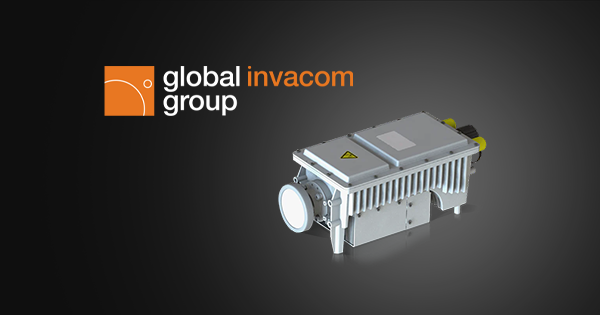
How Does the Industry Move Forward with Flat Panel Antennas?

The LEO era has thrust the subject of flat panel antennas (or FPAs) centre stage. These next generation antennas are viewed as the key to unlocking the potential of LEO networks given their ability to track satellites moving overhead, switching and steering beams with make before break technology. This allows a seamless transition as the beam moves from satellite to satellite and therefore an uninterrupted connectivity experience whether on the move, pause or static.
The issues with FPAs
It sounds like LEO utopia, but FPA technology and its implementation is not quite as straightforward as it seems. At present, there are already a huge number of FPAs in operation. This number is set to grow exponentially as the amount of satellites in LEO does – and that will result in the deployment of thousands upon thousands more. The problem is that the FPAs currently in operation are not standardised. This means that they don’t provide guaranteed levels of performance and vary in quality. The FPAs are also at risk of errors that could result in harmful radio frequency interference (and this is only set to increase given the huge numbers being deployed). In terms of FPAs, it’s a bit like the wild west. Noone actually knows what they’re getting in terms of performance and quality so it’s important that this is addressed before even more are deployed.
The industry has been on a similar journey with parabolic antennas with the Satellite Operator’s Minimum Antenna Performance (SOMAP) initiative that was spearheaded by GVF and some leading satellite operators that collaborated to produce guidance to antenna manufacturers regarding satellite operators’ expectations for new antennas products. The net result is an improvement in the Quality of Service (QoS) worldwide for the industry and a reduction in interference. Not only this, but the compliance has influenced sales, differentiating compliant products from non-compliant ones.
A Manufacturer’s Perspective
The task now is to collaborate as an industry once again, to take similar action for FPAs. It’s clear that a simplified, streamlined set of data, presented in a set format, that meets the needs of operators, and that is manageable for manufacturers is required. Manufacturers are trying to walk a tightrope between performance, compliance and profitability. Exhaustive testing comes at a cost, yet the antenna itself must be affordable.
The relationship between operators and manufacturers needs to be strengthened so that there is more dialogue between the two to inform the strategy that needs to be put in place.
As a company, we are helping to spearhead the establishment of testing and standards for FPAs. We are working together with and as members of GSOA and SIG to reach a workable solution. GSOA has already worked to create a performance specification template that could be used by manufacturers to record test data to present to operators and SIG has worked to highlight and create forums for discussion around the subject. There is a consensus that we must establish what the performance metrics should be and to conduct some independent third-party testing. Getting a full hemispherical test on FPAs is more important than ever but data must of course be reliable and accurate. The issue of frequency of testing is also an important consideration.
The lack of clarity around performance and test requirements is challenging for manufacturers who naturally want to meet the needs of their customers. FPAs are technically complex and a whole host of factors can impact how they perform. Operators also need to ensure that antennas will function correctly in their network and orbital environment, which of course differs from one application to the next.
It is in the interests of the industry, and the end users that the standards for FPAs are put into place to ensure quality and performance across the Board. At Global Invacom, we are fully behind the effort to ensure that there is a clear way forward and that FPAs can be fully realised as the key piece of the multi-orbit puzzle that they so obviously are.
Our CTO, Bob Potter, will be participating in a workshop with GSOA and SIG looking at FPA antennas and standardisation during Strategies in Satellite Ground Segment on 9th October. Find out more or book a meeting.


